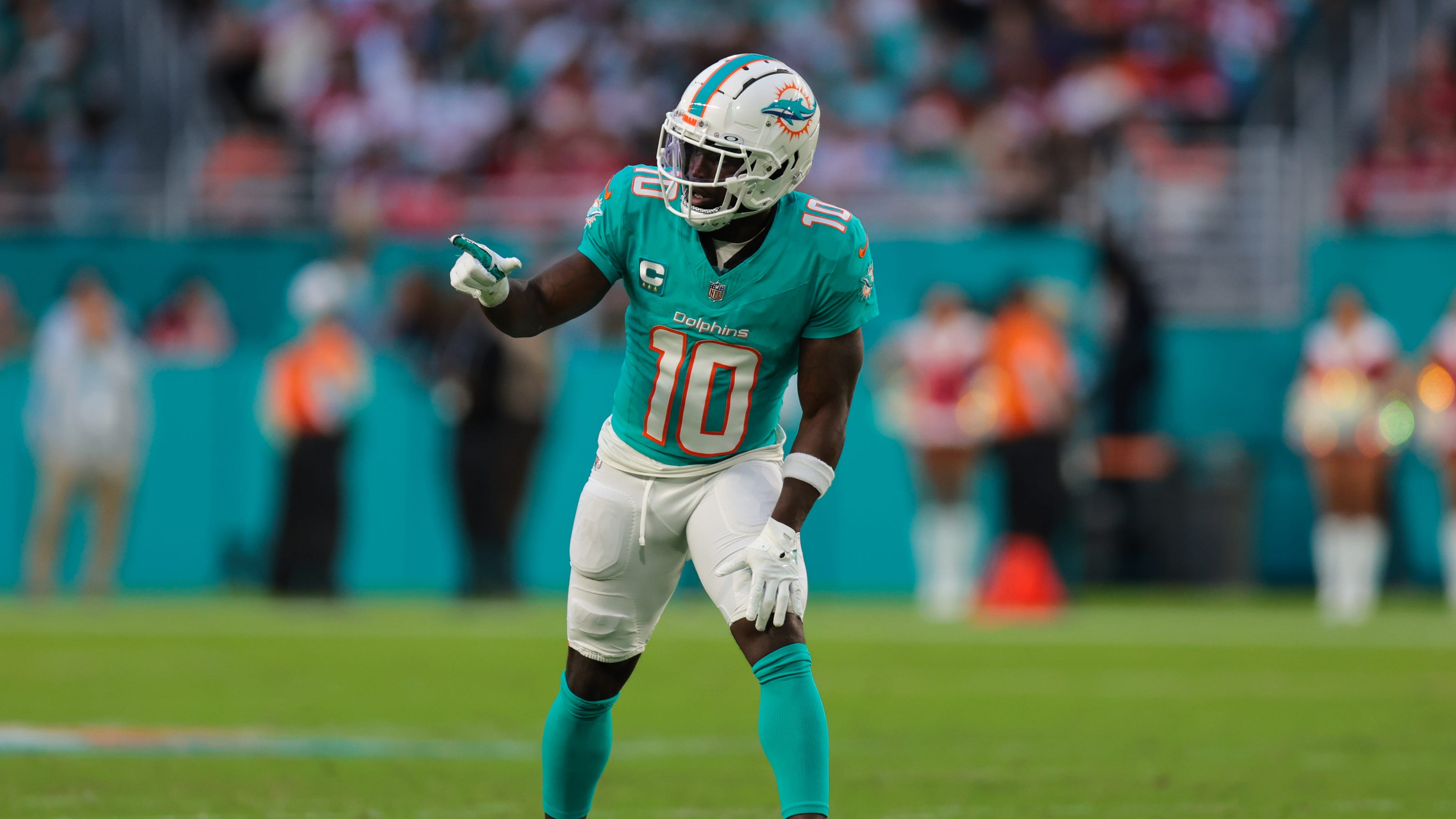US Stanley Cup Playoff Viewership Down, Despite Strong International Showing

Table of Contents
Decline in US Stanley Cup Playoff Viewership: Key Factors
The decrease in US Stanley Cup Playoff viewership in 2024 is a multi-faceted issue, stemming from several interconnected factors. Understanding these challenges is crucial for the NHL to regain its domestic audience.
Impact of Streaming Services and Cord-Cutting
The shift from traditional cable television to streaming platforms is undeniable. Cord-cutting, the cancellation of cable TV subscriptions, is impacting viewership across all sports leagues, and the NHL is no exception. Many viewers are finding it difficult or expensive to access all the Stanley Cup Playoff games through streaming services. Nielsen reports show a consistent year-on-year increase in cord-cutting, with millions abandoning cable packages in favor of streaming options. This trend directly affects the NHL's reach, as comprehensive streaming packages offering all games aren't always readily available or affordable.
- Increased competition from other streaming sports content: Platforms like ESPN+, Hulu, and others offer a vast library of sports content, creating intense competition for viewer attention.
- Inconsistent availability of games across streaming services: The fragmented distribution of NHL games across multiple streaming services creates confusion and inconvenience for potential viewers.
- Higher cost of streaming packages compared to traditional cable: The cost of subscribing to multiple streaming services to access all Stanley Cup Playoff games can be significantly higher than a traditional cable package, potentially pricing out some fans.
Impact of Market Saturation and Competing Entertainment
The modern entertainment landscape is incredibly saturated. The NHL playoffs face stiff competition from other major sports leagues, such as the NBA and MLB, and a plethora of other entertainment options. The busy sports calendar often leads to overlapping schedules, creating challenges for viewers trying to follow multiple leagues. The rise of esports and other forms of online entertainment further divides viewer attention, making it harder for the NHL to maintain its hold on the US audience.
- Overlapping schedules with other major sporting events: Competing events often clash, forcing viewers to make difficult choices regarding their viewing habits.
- Rise of esports and other forms of online entertainment: The rise of popular esports titles and other digital entertainment options offers viable alternatives to traditional sports viewing.
- Increased competition for viewer attention during prime time: The battle for prime-time viewership is intense, with numerous entertainment options vying for the same audience.
Lack of High-Profile US Teams in the Later Stages
The absence of major US market teams in the later rounds of the 2024 Stanley Cup Playoffs significantly impacted viewership. Teams like the [mention specific examples of major US teams that underperformed] had early exits, reducing the overall engagement from their large fanbases. Team popularity and market size directly correlate with viewership numbers. When high-profile teams are eliminated early, a significant portion of the potential audience is lost.
- Impact of early exits for major US market teams on overall viewership: Early exits by popular teams decrease the overall viewership significantly, particularly in those teams' regional markets.
- Regional viewership differences based on team performance: Viewership spikes dramatically in regions where local teams are performing well and declines when those teams are eliminated.
- Correlation between team success and viewership numbers: The success of a team directly correlates to the viewership it attracts, with strong performing teams consistently drawing larger audiences.
Strong International Growth in Stanley Cup Playoff Viewership
While the US saw a decline, international viewership of the Stanley Cup Playoffs experienced substantial growth in 2024. This expansion points towards a bright future for the NHL, though it requires strategic adaptation to fully leverage this potential.
Increased Global Interest in Hockey
Several factors contributed to the rise of international hockey fandom. The global presence of talented international players in the NHL, along with successful international teams, fuels interest worldwide. Improved global access to NHL games via streaming services also expands the fan base.
- Increased accessibility of NHL games through international streaming services: Easier access through various international streaming services has made it easier than ever for fans across the globe to tune in.
- Growing popularity of hockey in emerging markets: Hockey's popularity is on the rise in several developing nations, creating new markets for the NHL to exploit.
- Successful marketing and promotional efforts targeting international audiences: Strategic campaigns aimed at international fans are boosting participation and engagement.
Effective International Broadcasting Strategies
Effective broadcasting and marketing strategies in various countries played a crucial role in driving international viewership. Localized commentary and targeted marketing campaigns are key to connecting with international audiences.
- Localized broadcasting and commentary tailored to specific regions: Offering games with commentary in local languages significantly enhances the viewing experience and makes the sport more accessible.
- Strategic partnerships with local media outlets and broadcasters: Collaboration with local media expands reach and awareness within international markets.
- Effective use of social media and digital marketing to reach international fans: Leveraging social media and digital marketing effectively targets specific demographics and regions.
Conclusion
The 2024 Stanley Cup Playoffs presented a mixed bag for the NHL. While international viewership demonstrated significant growth, highlighting the sport's expanding global appeal, a decline in US viewership raises concerns. This suggests the league needs to adapt to evolving viewing habits, considering the impact of cord-cutting, streaming competition, and ensuring consistent engagement from US-based fans. The NHL should explore strategies to retain its domestic audience while capitalizing on the growing international interest in the Stanley Cup Playoffs. Further analysis and adjustments are necessary to ensure the continued success and widespread enjoyment of the Stanley Cup Playoffs for years to come. Understanding the nuances of both domestic and international viewership is crucial for the future growth and profitability of the NHL and its iconic Stanley Cup Playoffs. Investing in improved streaming accessibility and engaging content will be critical for future Stanley Cup Playoff success.

Featured Posts
-
 Joseph Parker Vs Martin Bakole Heavyweight Showdown Looms
May 05, 2025
Joseph Parker Vs Martin Bakole Heavyweight Showdown Looms
May 05, 2025 -
 Prevenir Las Acciones Tontas El Arte De Afilar La Guillotina
May 05, 2025
Prevenir Las Acciones Tontas El Arte De Afilar La Guillotina
May 05, 2025 -
 Todays Mma Picks Ufc Des Moines Odds And Expert Predictions
May 05, 2025
Todays Mma Picks Ufc Des Moines Odds And Expert Predictions
May 05, 2025 -
 Kentucky Derby 151 Countdown Your Guide To Race Day
May 05, 2025
Kentucky Derby 151 Countdown Your Guide To Race Day
May 05, 2025 -
 Eurovision 2024 Germanys Tynna Faces Vocal Pressure
May 05, 2025
Eurovision 2024 Germanys Tynna Faces Vocal Pressure
May 05, 2025
